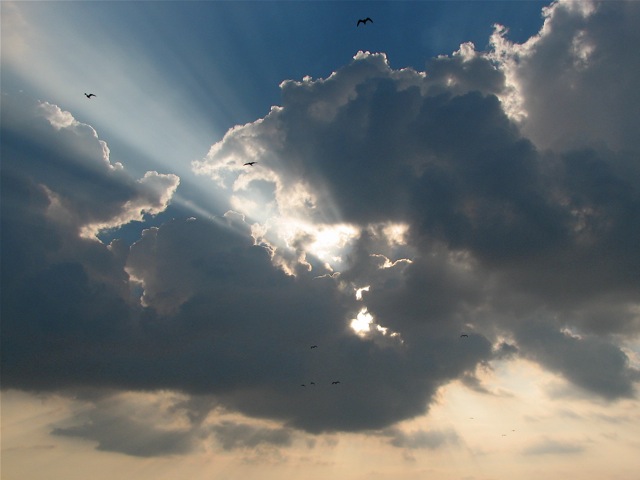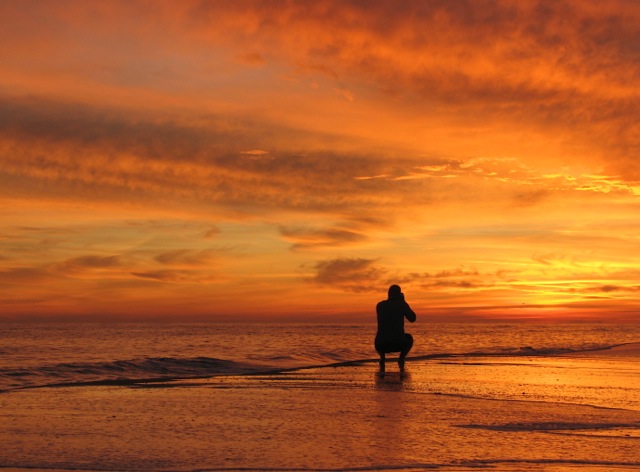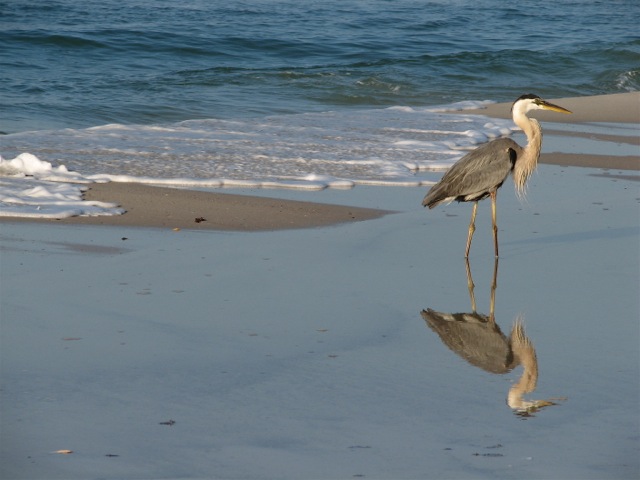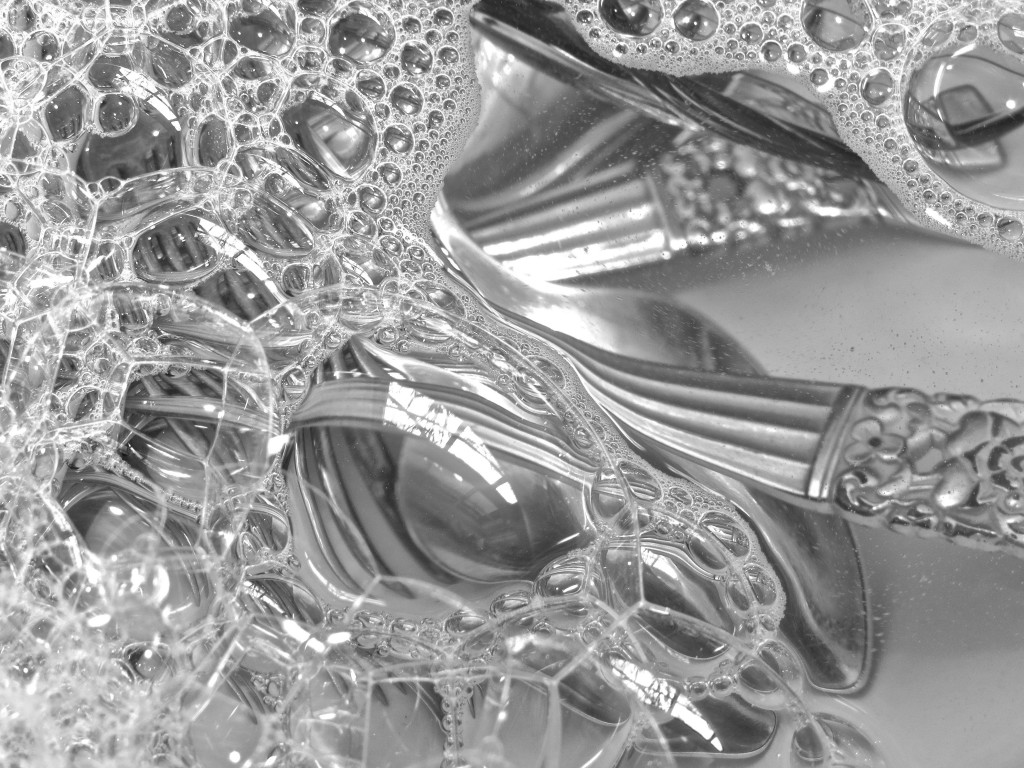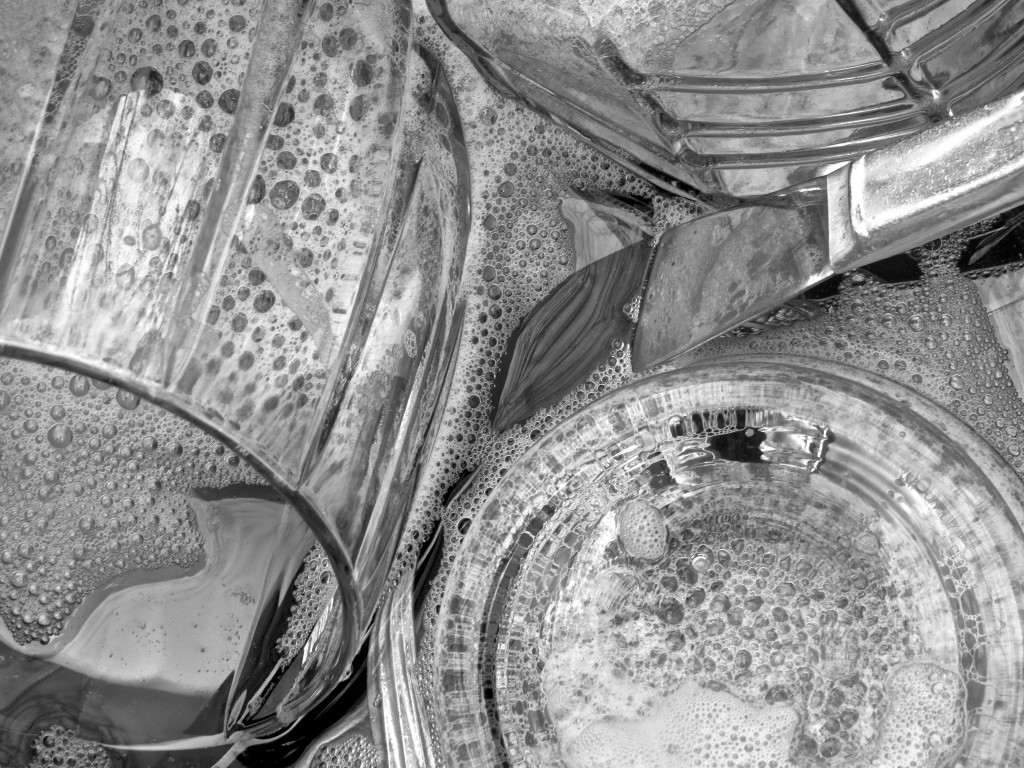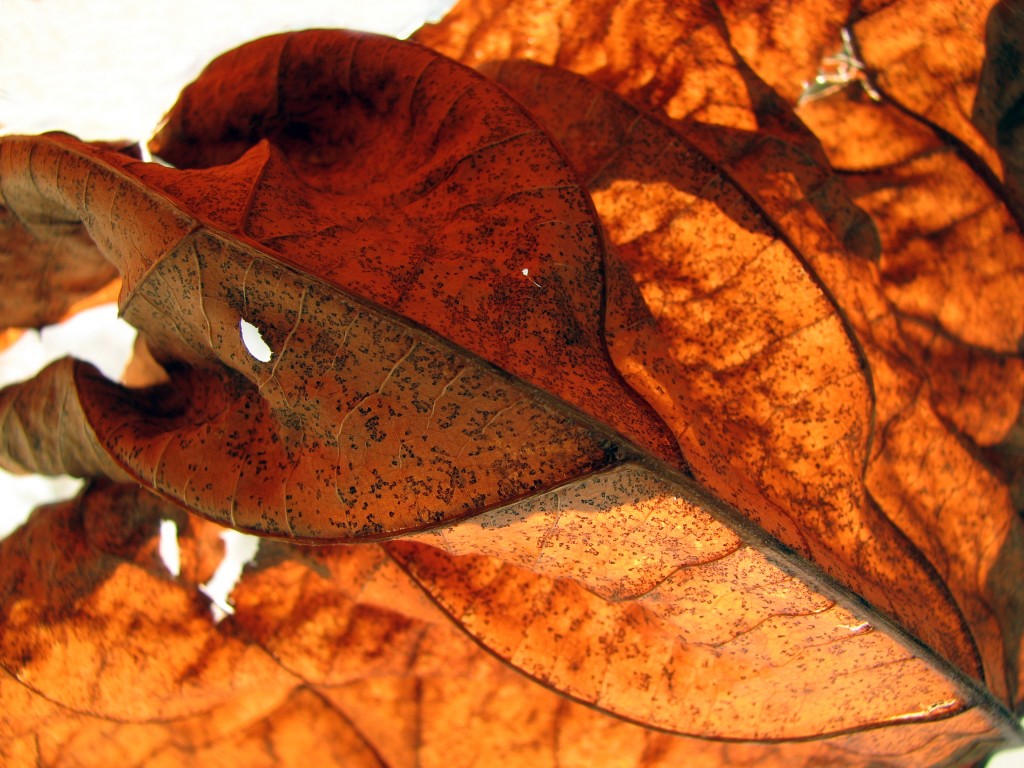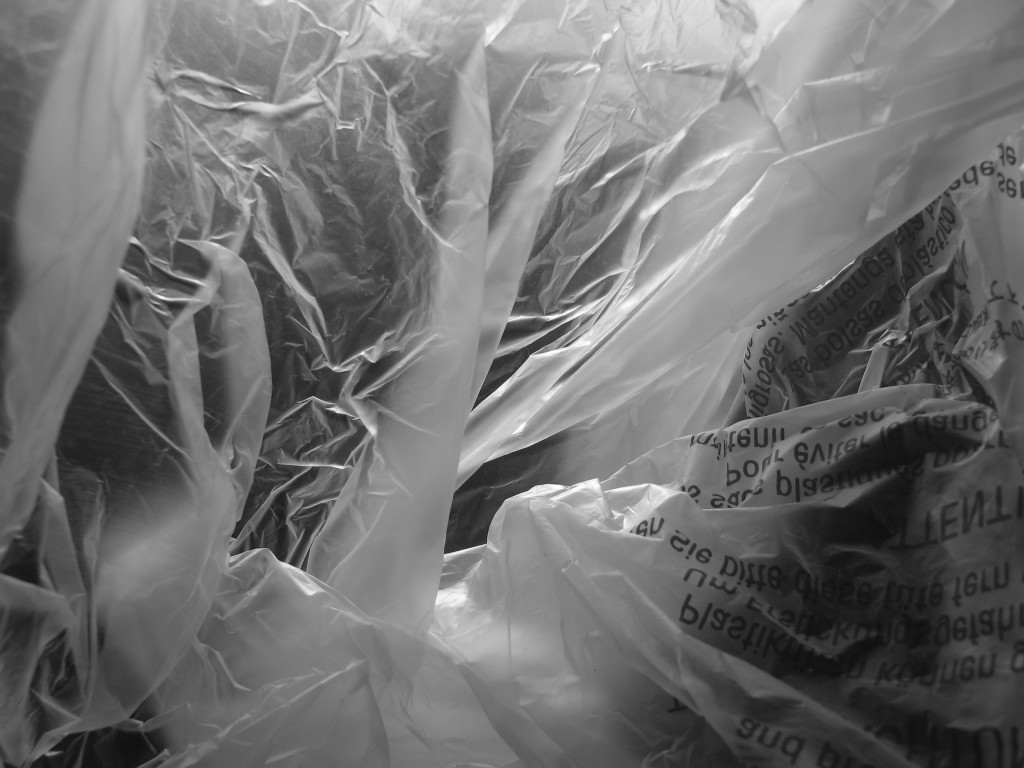When we venture forth on the mystical journey, we may imagine our destination as a place far away from where we are, in every sense—someplace profoundly, essentially other. But ultimately, there is no final ascent to a transcendent, otherworldly realm. Rather, the quest leads seekers back to the suchness of the present moment, to “just this.” Setting down the burdens of identification, the attachments of the ego, and the weight of self-consciousness, we find ourselves back where we started—the same place, but appareled in newness and unimagined splendor. Indeed, the fragmented terrain we left, the “lesser world” in which we have spent most of our lives, turns out to be the Promised Land to which all wisdom traditions have pointed. The world has not changed—it is still replete with all the characteristic suffering and dilemmas of existence—but we have changed, and we see it with new eyes: the eyes of life itself. And with this new vision, photography takes on a whole new meaning.
In the wake of illumination, when conditioning no longer obscures our vision, the world is transfigured, and the sages of every lineage sing its joyful praises. In the midst of earthly turmoil and distress, they see overflowing wonders. In every wisdom tradition we find the same theme: those who have come home to their true nature see no reason to go elsewhere. They recognize no boundaries between the sacred and the profane, and they find perfection in imperfection.
When you realize what you are, you see what is. The commentary of the mind no longer obscures the intuitive wisdom of the heart. There is seeing, knowing, and being, but it is not from the finite perspective of your self, your ego. In awakened awareness, life beholds the wonder of its own being—and you are That. Released from the imprisonment of the conditioned mind and the countless boundaries that previously fragmented our vision, we see that the radiant majesty of the world is everywhere. The relative and absolute perspectives are fused, and the sage beholds a world where such constructs have lost their relevance.
The Gates of Eden were never shut for those with eyes to see. Once we no longer peer through the thick lens of conditioning, we find ourselves surrounded by the astounding, improbable wonder of things as they are. Looking at the ordinary trappings of our lives—our daily conversations, our food, our children’s grades, and even our loved ones’ passing—without the distortions of desire or aversion, uncolored by opinions or preferences of the past, we see them for what they are: wondrous creations of life.
A photograph has never been taken of anything but our true nature. Each exposure is, in truth, a self-portrait. There is only Life, only Being, and we are That. I hope you enjoy the photos below, and others that will come in future posts. We have a tendancy to become jaded, and take for granted the miracles that surround us. I like to think that these photos will help to change that. Life is not something to be survived, mastered or figured out but a dance to be danced with the rest of creation. The camera is a wonderful instrument with which to celebrate it.
